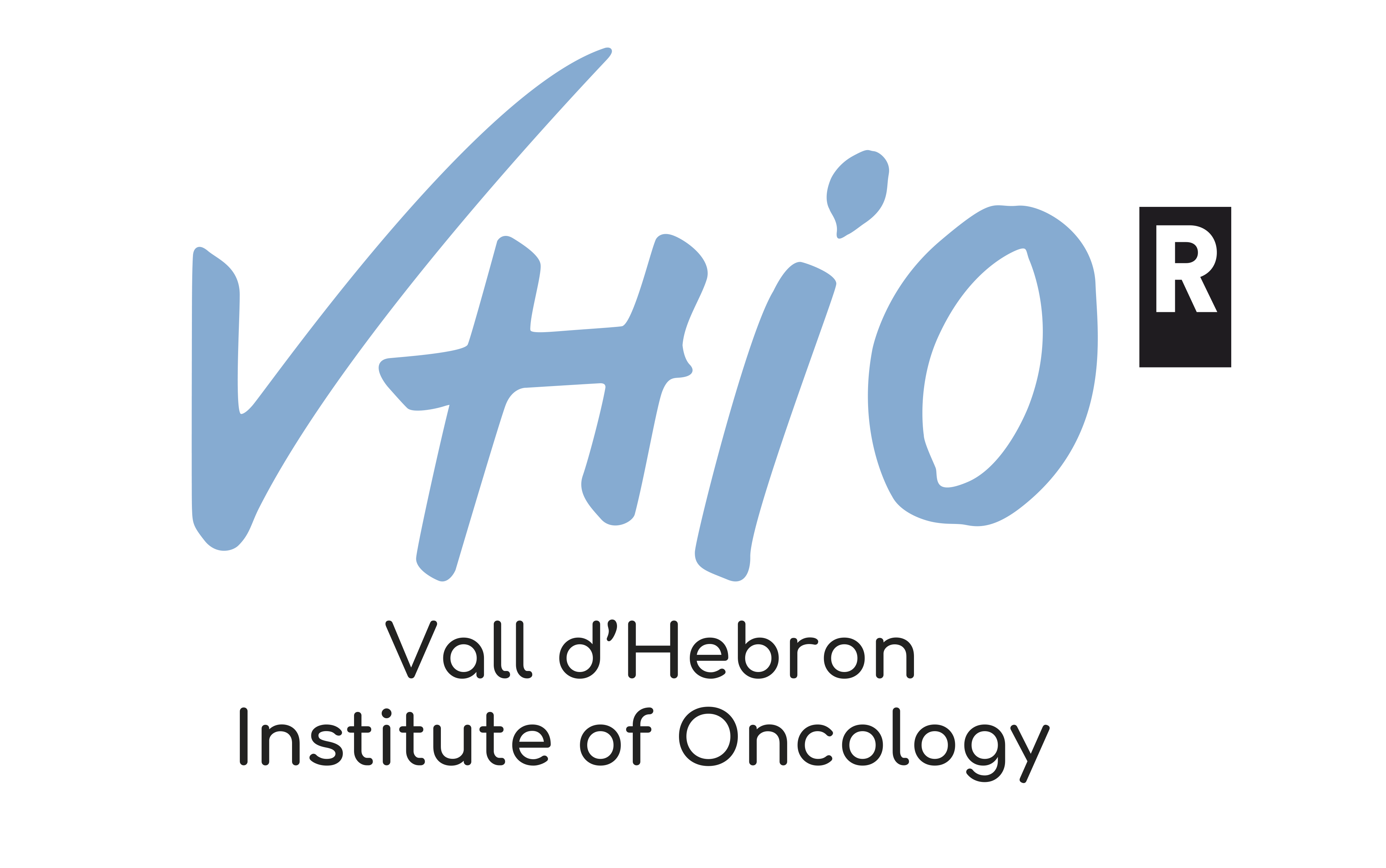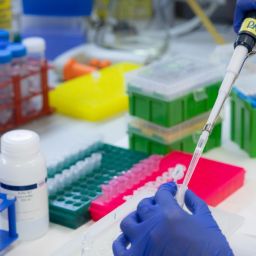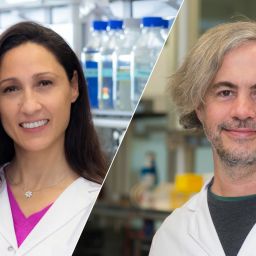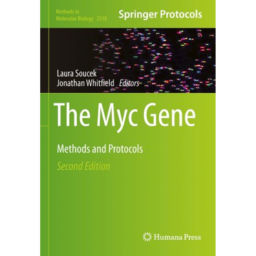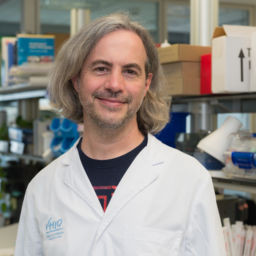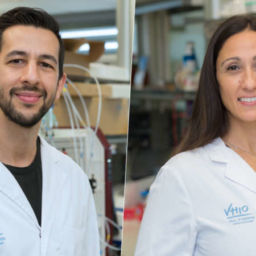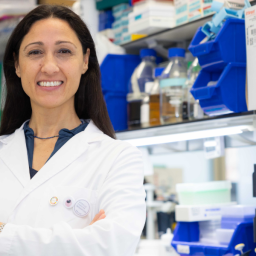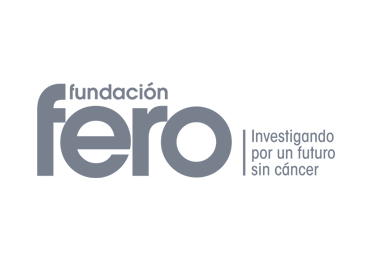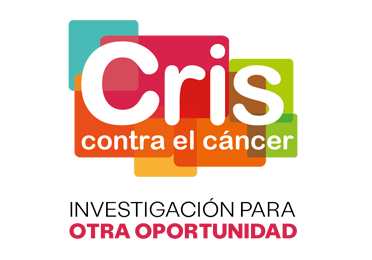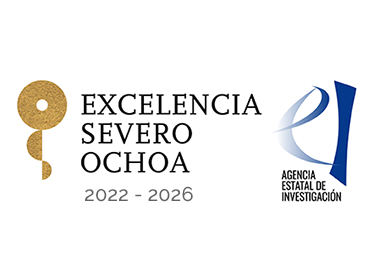
The MYC oncogene is deregulated in approximately 70% of human cancers and is associated with aggressive disease and cancer drug resistance, making it one of the most sought-after targets in oncology. However, no MYC inhibitor has yet been approved for clinical use.
Over the past two decades, Laura Soucek, ICREA Research Professor and Head of VHIO’s Models of Cancer Therapies Group, and Jonathan R. Whitfield, Senior Investigator of Laura’s laboratory, have relentlessly pursued MYC inhibition toward developing new therapeutic strategies to improve the survival and quality of life of cancer patients.
Recently published as a Review Article in Nature Reviews Drug Discovery*, these two leading figures in the MYC field provide an expert overview of the different strategies to inhibit MYC, with particular focus on the most recently described inhibitors and those that have reached clinical trials.
As their review highlights, the journey to bring MYC inhibition closer to the clinic has been particularly challenging mainly due to this protein’s intrinsically disordered structure that is not amenable to traditional drug development—to the point that, for many years, it has thought to be an undruggable target. However, in recent years, attempts to develop MYC inhibitors have multiplied, and the first clinical trials have been testing their efficacy in patients.
“We are finally reaching the point at which MYC inhibition seems clinically viable,” said Laura Soucek, corresponding author of this Review.
Specifically, the OMO-103 mini protein developed by the VHIO spin-off Peptomyc, led by Laura Soucek, is the first MYC inhibitor to have successfully completed a phase I clinical trial, demonstrating safety and clinical activity in patients. Its efficacy is now being evaluated in two more clinical trials, in pancreatic cancer (phase Ib) and advanced osteosarcoma (phase II).
“MYC is one of the most infamous oncogenes in cancer. A notable feature that distinguishes it from other common oncogenes is that its deregulation is not usually due to direct mutation, but rather to its relentless activation by other oncogenic lesions that eventually lead to the uncontrolled proliferation of cancer cells,” added Soucek.
Despite this unquestionable role of MYC in tumor development and maintenance, no MYC inhibitor has yet been approved for clinical use.
“The main reason why MYC has long fallen into the category of difficult-to-drug is due to its structure which poses a challenge for small-molecule drug development. However, as discussed in this Review, we must now surely be at the point of ‘when’ MYC will be a drugged clinical target, rather than ‘if’,” concluded co-author Jonathan Whitfield.
###
Reference
Whitfield JR, Soucek L. MYC in cancer: from undruggable target to clinical trials. Nat Rev Drug Discov. 2025 Feb 19. doi: 10.1038/s41573-025-01143-2. Epub ahead of print.
